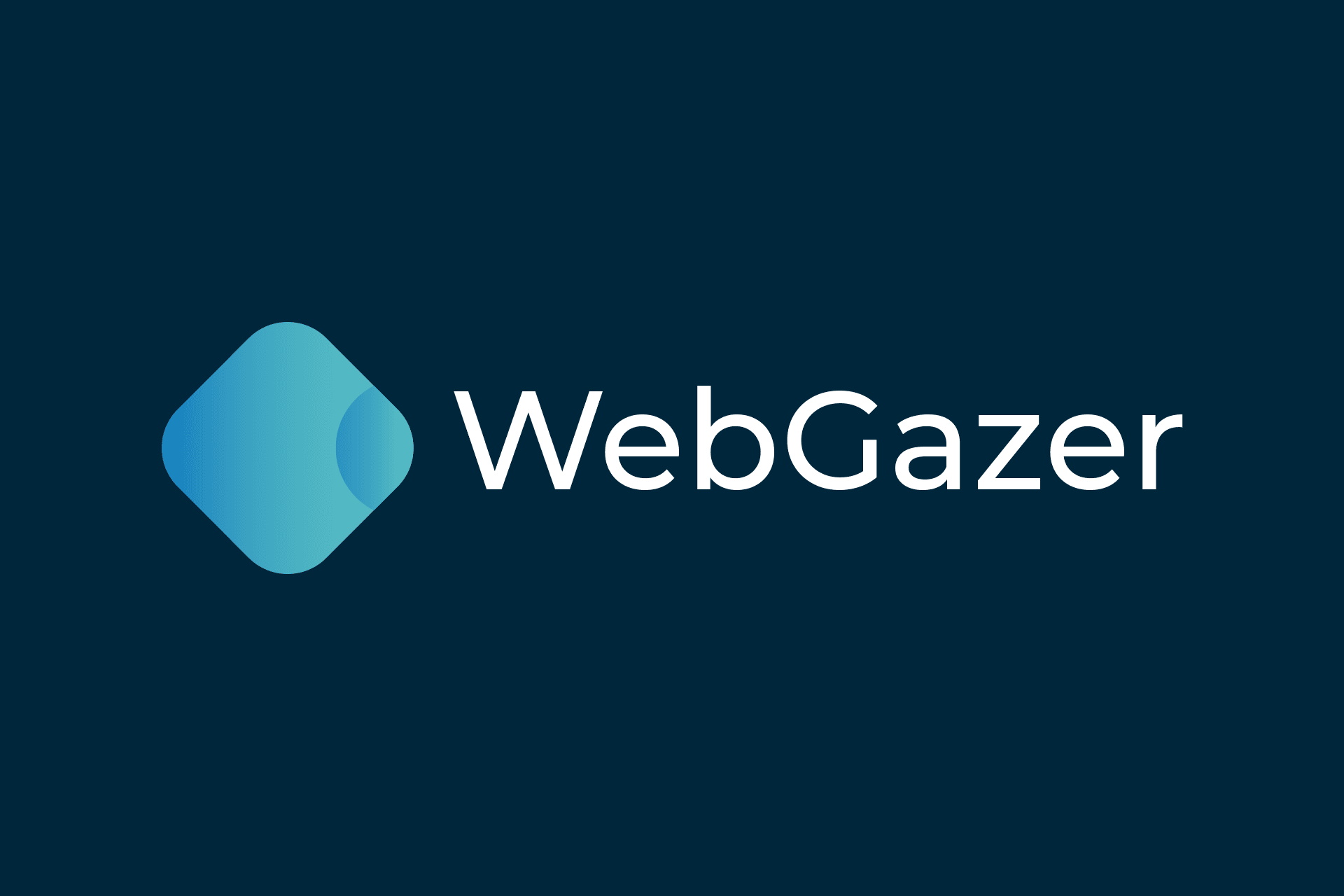To start with, idea of WebGazer came into existence from self-need. Maintaining multiple websites on different servers and not knowing the state of every one were problematic, especially when one of the websites somehow goes down and you learn it from the customer you maintain the website for or the user who shouldn't even notice the glitch in the first place. There were services addressing (or at least trying to) this issue; however, some couldn't quite cut it and good ones were enterprise-ish expensive. This is how the idea of WebGazer blossomed in 2015.
I think every corporate business, app or game development studio, agency or freelancer should be able to monitor their websites without paying too much. I've always wanted WebGazer to fulfill that gap and now -hopefully- it can. Previously we did a mistake trying to compete with all-in-one monitoring services that are already well-established and lost our way. When you are a small team, you need to focus on the problem you really want to solve and not to get all over the place. Otherwise what you come up with at the end of the day isn't really valuable to anyone. I know it is not really difficult to figure out that 'staying small and not trying to do everything' is the right strategy most of the time. But, oh boy, you should try learning it the hard way :)
What has changed?
Here comes some technical details...
With the old design of WebGazer we had to have and maintain at least 9 servers varying in configuration. Considering that as the input, we did the math and came up with the monthly subscription plans costing between $11 and $239. Yep, it was pricey.
We wanted to lower the costs and provide service for more affordable prices. This is when we started reviewing different service providers and considering different infrastructure plannings. We noticed different providers wouldn't make a great change but while thinking of how to overhaul our infrastructure, the idea of serverless arose.
Learning from 'everything at once' mistake, we decided to focus solely on monitoring websites, the need we felt and couldn't find matching solution in the first place. Then came the discovery of the serverless' being an option.
I plan to write another post about the details of the infrastructure update but long story short, hopping on the serverless train we managed to eliminate that infrastructure burden. Utilising the AWS Lambda, now WebGazer runs entirely serverless.
Good news, WebGazer now offers free -yes, really- monitoring for websites. For now, you can choose get alerted by e-mail or Slack when the website is down.
And we have a $5/mo Power Pack which provides some additional features like HTTP request configuration, multiple user sign-ins and e-mail support. Also, SMS and phone call alerts are on the way.
